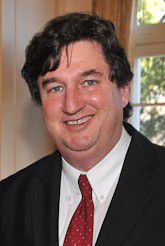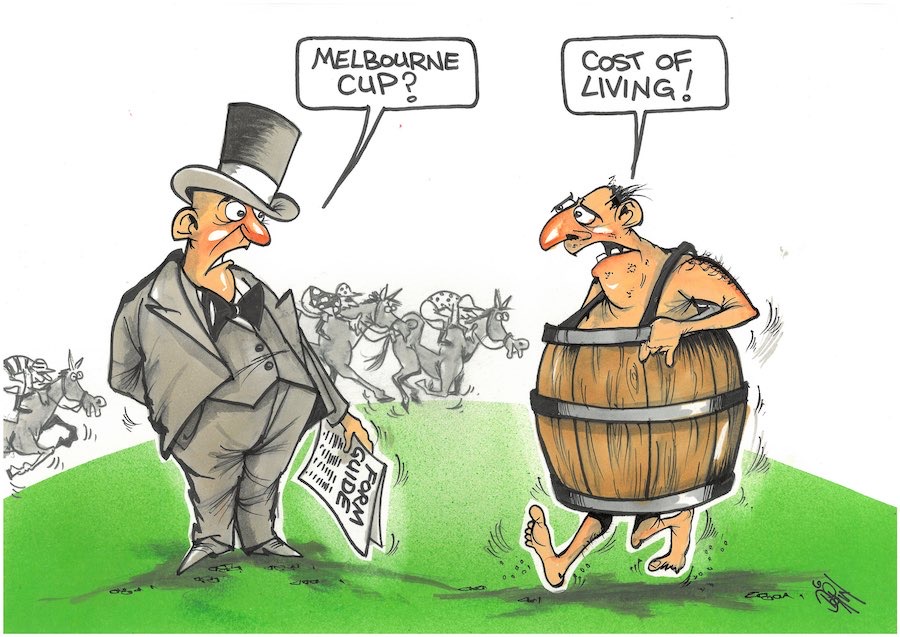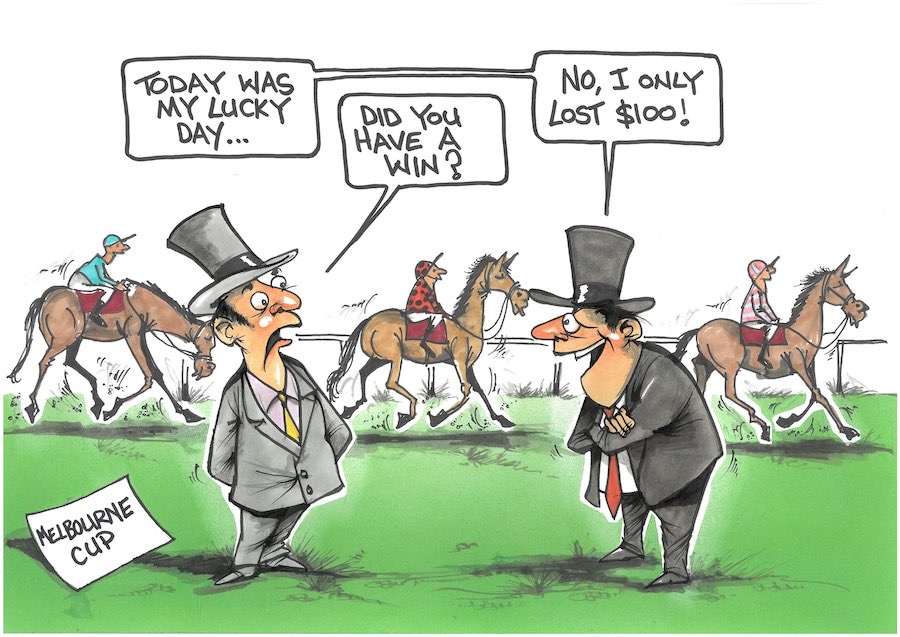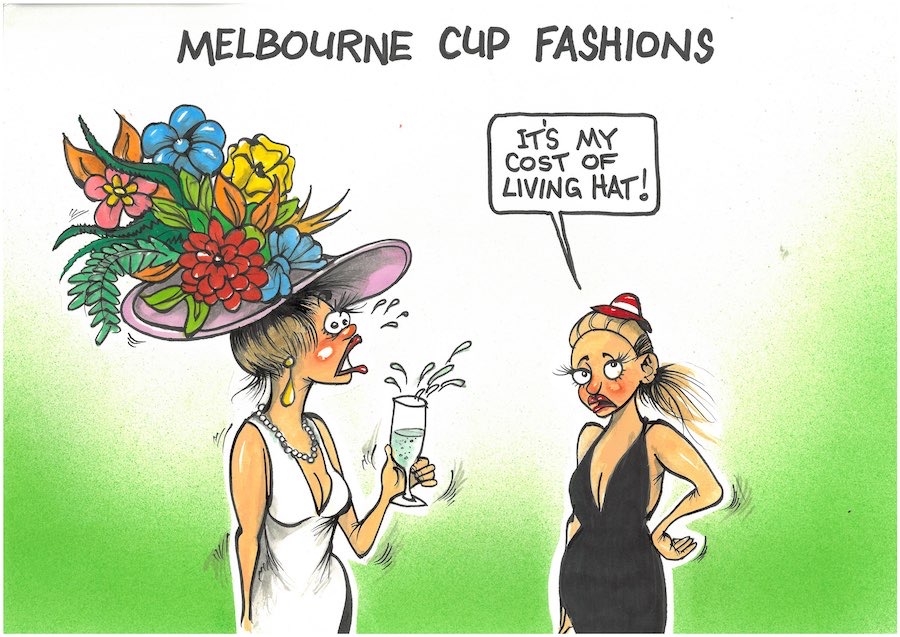WHEN I was growing up in Condobolin, in the central west of NSW, we used to define nearby towns by the sportspeople they produced and the sports each area was dominant in.

Sometimes it is a perception that these towns are stronger than others, but it does create a sense of identity.
So what sports would you identify with Canberra? What sports set us apart? I am not talking about the professional sporting codes, which tend to cloud the issue.
It is more to do with sports that emerge stronger than others. There are three that come to mind when analysing sporting identity in Canberra.
The first and most obvious is cycling. Why is it that Canberra produces the likes of Stephen Hodge, Michael Rogers, Neil Stephens, Mathew Hayman, Michael Matthews, Jess Maclean, Gracie Elvin and Sue Powell?
Partly it has to be due to the culture. There is a strong cycling community which, if nothing else, provides encouragement to the next generation of cyclists coming through.
The second is hockey with Jack Pointon, Errol Bill, Mary Johnson (nee Manning), Graham Reid, Heather McKay (Blundell), Loretta Dorman, Christine Dobson, Anna Flannigan, Edwina Bone, Andrew Deane, Michael York, Ben Taylor, Lorelle Morrissey, Simone Brown (Wallington), Rachel Durdin, Paul Lewis, Andrew Stewart, Glen Kingston, Joshua Hawes, Aaron Hopkins, Nicole Arnold, Sarah Young (Taylor), Megan Staunton, Ben Bishop, Nathan Burgers, Daniel Hotchkis, Andrew Charters, Ursula Ditton, Catriona Bailey-Price, Anna Flanagan, Peta MacKinnon (Gallagher) and Glenn Turner making a name for themselves in Canberra hockey.
Some moved here from other towns such as Goulburn and Tamworth, but they represented Australia out of the Canberra system. Once again, the hockey culture in the ACT is strong, hence the strong national representation over the years.
The third sport, which I think identifies Canberra, may come as a surprise – softball, a sport that flies under the radar for a number of reasons. The first being that it doesn’t have a huge profile in Australia and second, it is often overshadowed by baseball even though there are stark differences in the games.
In Canberra though, softball defies that national trend with strong participation levels and success beyond any other sport in the ACT on a national level.
The men’s softball side known as the ACT 89ers claimed their 13th national title in Perth earlier this month. They beat WA in the final 3-2.
Led by tournament Most Valuable Player Jesse Taws, who came out of semi-retirement, and two world-class pitchers in Andrew Kirkpatrick and Adam Folkhard, the ACT has now won eight national titles in the past 10 years.
The ACT’s prominence isn’t confined to the men, with the likes of Sally McDermid (McCreedy) and Joanne Brown starring for the Australian women’s team in yesteryear.
The final sport is orienteering. If ever there was a sport suited to the terrain around Canberra, it is orienteering, and it is reflected in results with the likes of Rob Walter, Nicki Taws, Jenny Bourne and Jo Allison prominent over the years. Much of the success of orienteering is due to the fantastic management of the sport.
The mere fact that we excel in participation sports such as hockey, cycling and softball says much about the Canberra community.
Who can be trusted?
In a world of spin and confusion, there’s never been a more important time to support independent journalism in Canberra.
If you trust our work online and want to enforce the power of independent voices, I invite you to make a small contribution.
Every dollar of support is invested back into our journalism to help keep citynews.com.au strong and free.
Thank you,
Ian Meikle, editor




Leave a Reply